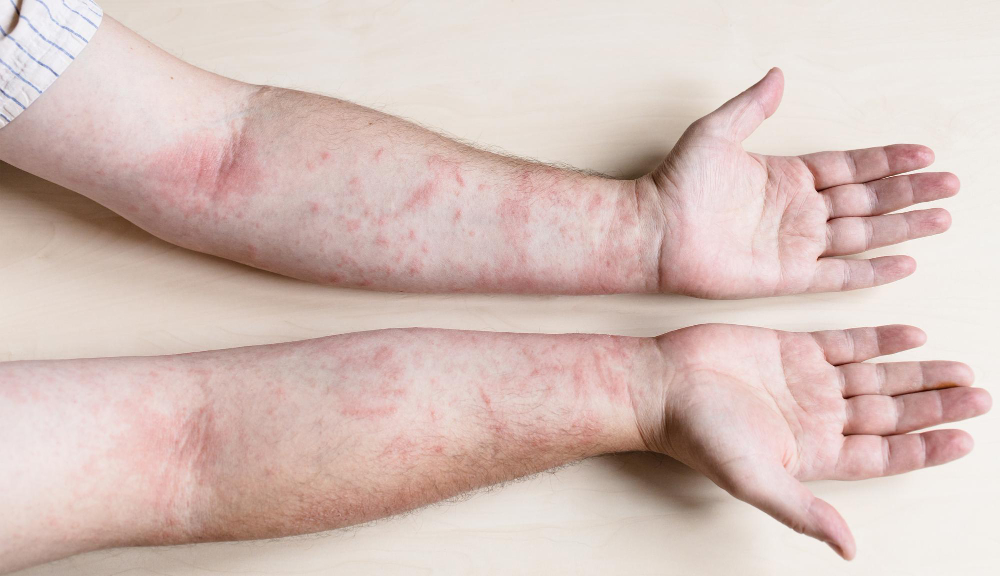What Is Cellulitis?
Cellulitis is a common skin infection. It happens when bacteria enter the skin and cause redness, swelling, and pain. Often, the infection spreads quickly. While cellulitis can affect anyone, knowing the cellulitis causes can help you stay safe. Emergency medicine experts often see this condition in hospitals and clinics.
Main Causes and Risk Factors for Cellulitis
Most cases of cellulitis start with bacteria. The two main types are Streptococcus and Staphylococcus. These germs live on the skin but can cause problems if they get inside. Understanding what causes cellulitis helps you avoid it. Several risk factors increase your chance of infection.Breaks in the skin, such as cuts, scrapes, or insect bitesChronic skin conditions like eczema or athlete’s footWeakened immune system from illness or medicinesDiabetes, which can slow healingObesity, which can make skin folds more likely to break downSwelling in the arms or legs (lymphedema)History of cellulitis or other skin infections
For example, people with diabetes or poor circulation face higher risks. Additionally, living in warm, crowded places can increase your chances of getting cellulitis.
How Bacteria Enter the Skin
Usually, bacteria need a way to get through the skin’s barrier. Even small breaks can let germs in. For instance, a tiny scratch or a bug bite may be enough. Sometimes, dry or cracked skin gives bacteria an easy path. In hospitals, medical devices like IV lines can also be a source. Because the skin protects us, any damage can raise the risk of infection.
Common Sources of Infection
Cellulitis often starts in the lower legs, but it can happen anywhere. The infection may come from:Minor injuries, such as cuts, scrapes, or burnsAnimal or insect bitesSurgical woundsChronic skin problems, like ulcers or athlete’s footDirty or contaminated water exposure
In some cases, people do not remember an injury. However, even unnoticed breaks in the skin can lead to cellulitis.
Who Is at Higher Risk?
Some people are more likely to get cellulitis. For example, you may be at higher risk if you:Have diabetes or poor blood flowAre over age 50Have a weak immune systemAre overweight or have swelling in your legsLive in crowded or warm placesHave had cellulitis before
Because these factors make it easier for bacteria to enter, it is important to protect your skin.
How to Prevent Cellulitis
There are simple steps you can take to lower your risk. For instance, you can:Keep your skin clean and dryTreat cuts, scrapes, or bites right awayUse moisturizer to prevent dry, cracked skinWear shoes outdoors to avoid injuriesCheck your feet and legs daily, especially if you have diabetesSee a doctor for any skin infection that does not heal
Additionally, avoid sharing personal items like towels. If you have a skin condition, follow your doctor’s advice to keep it under control.
Summary
Cellulitis is a serious skin infection caused by bacteria entering through breaks in the skin. Knowing the main cellulitis causes and risk factors can help you stay safe. By caring for your skin and treating injuries quickly, you can lower your risk. If you notice symptoms of cellulitis or have concerns about your risk, consult a healthcare professional for personalized advice.



